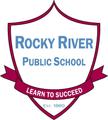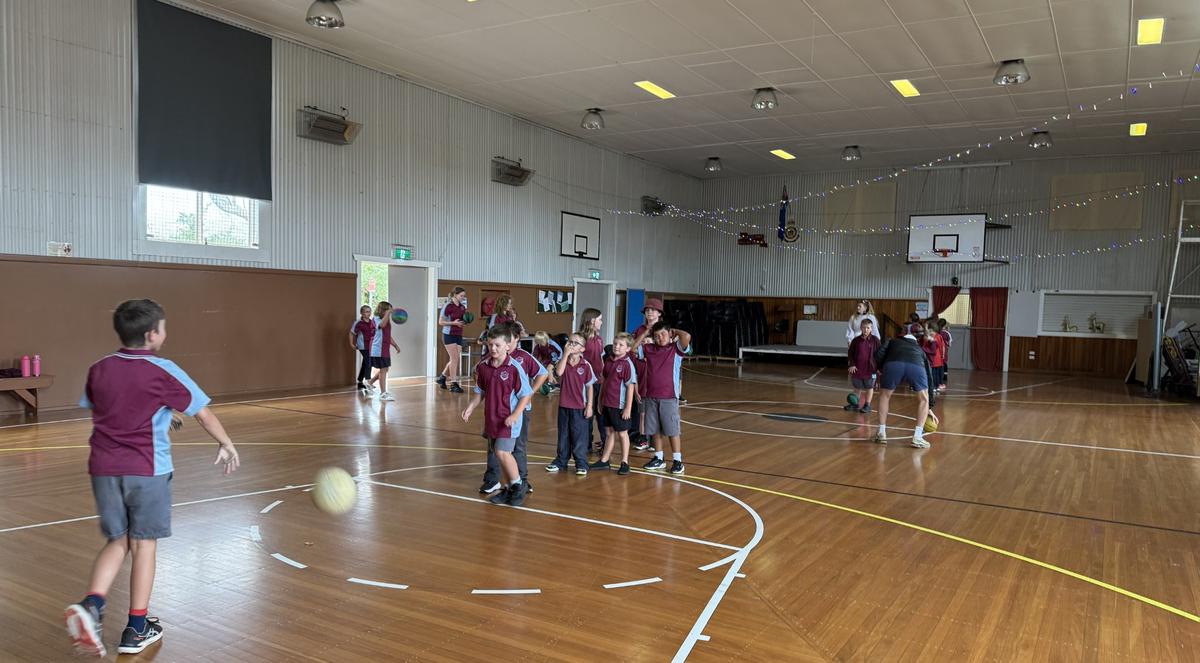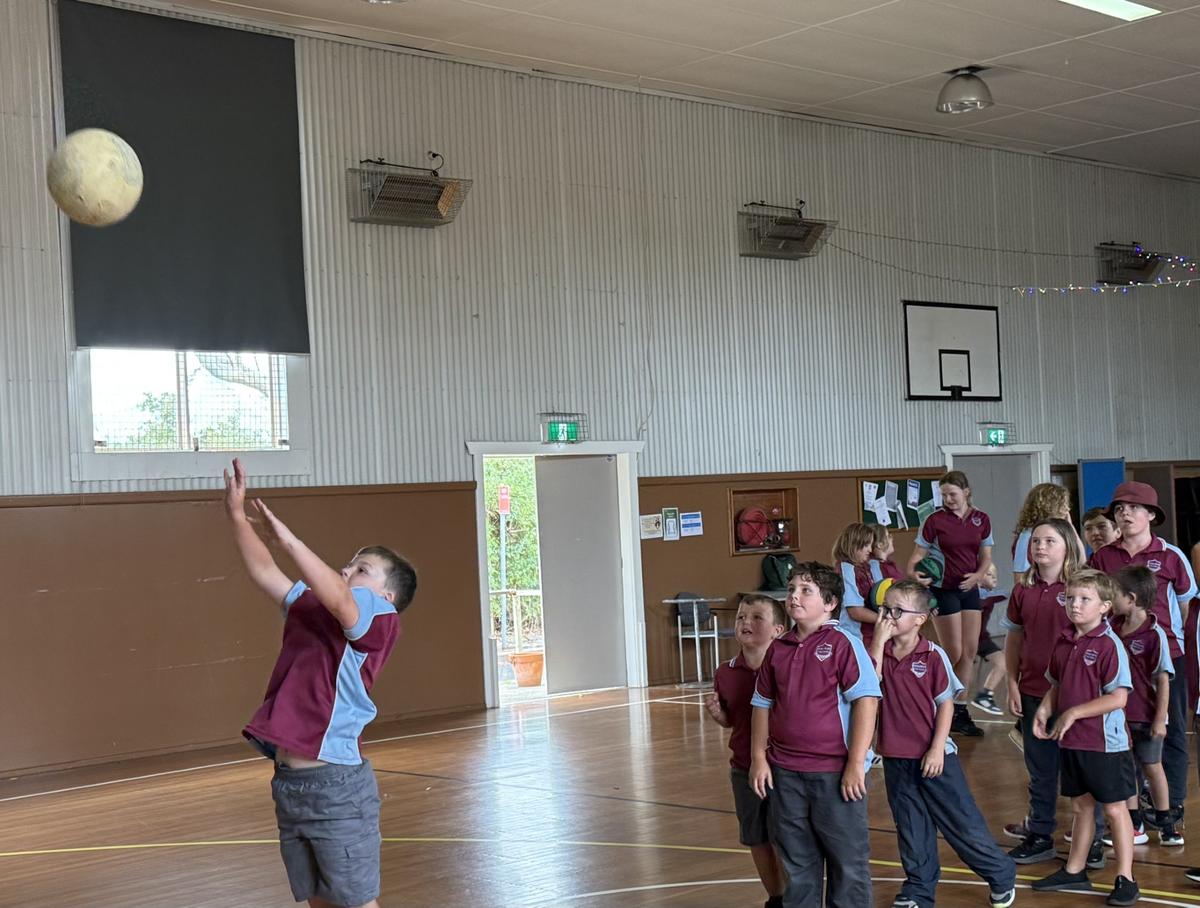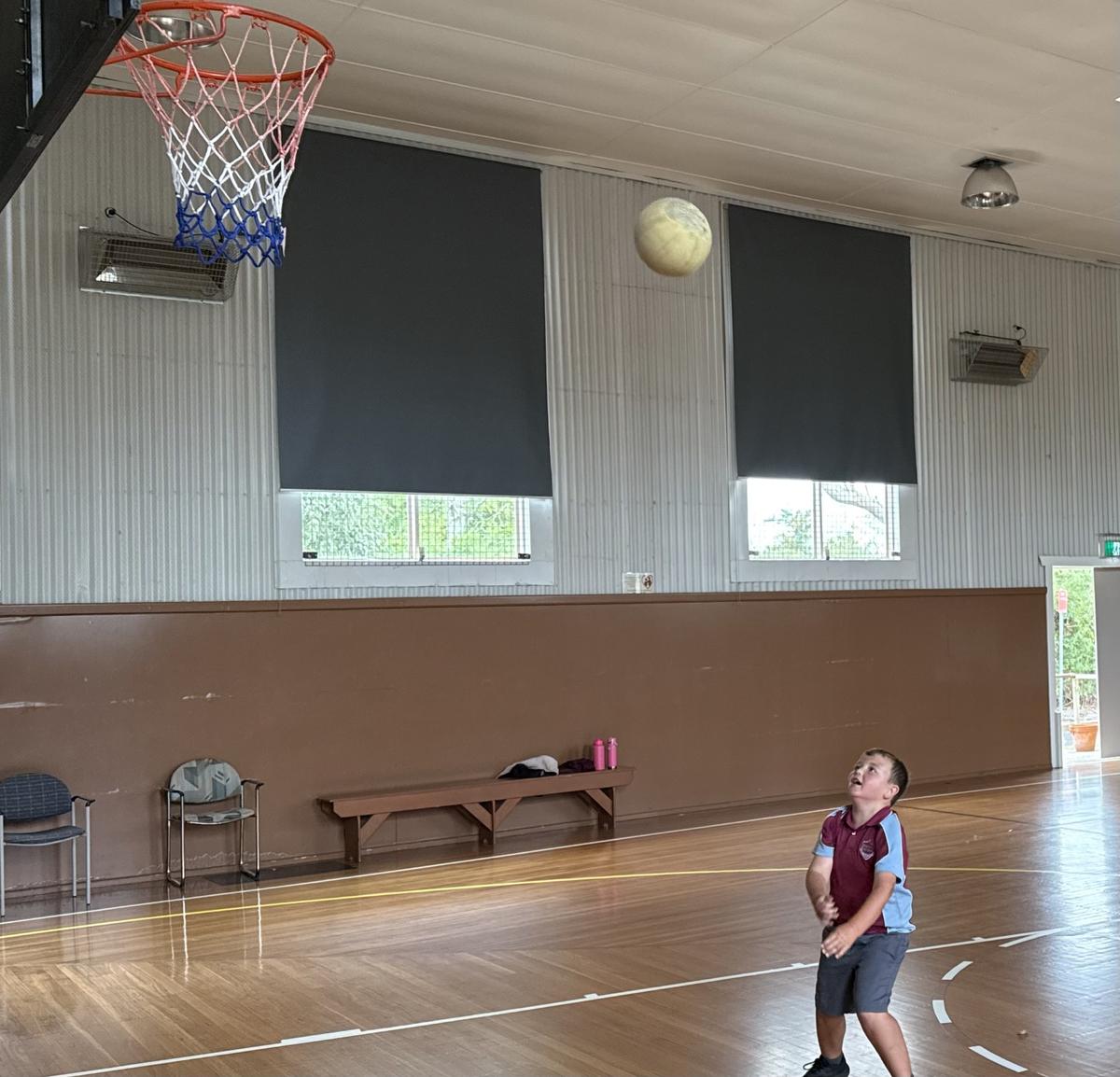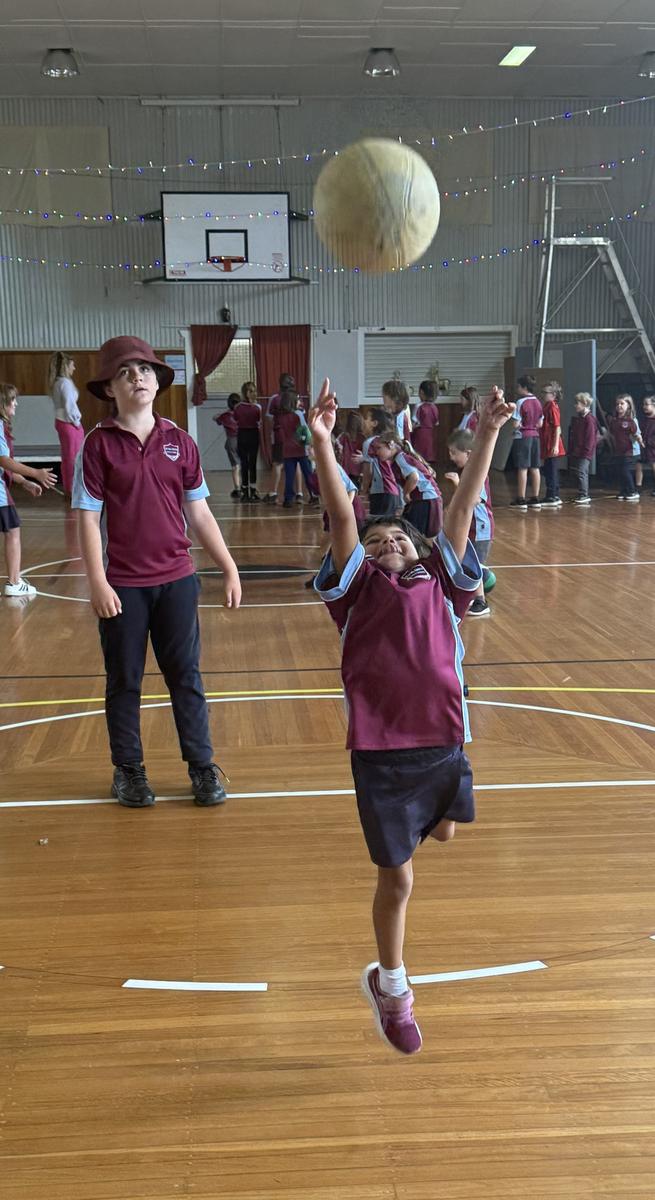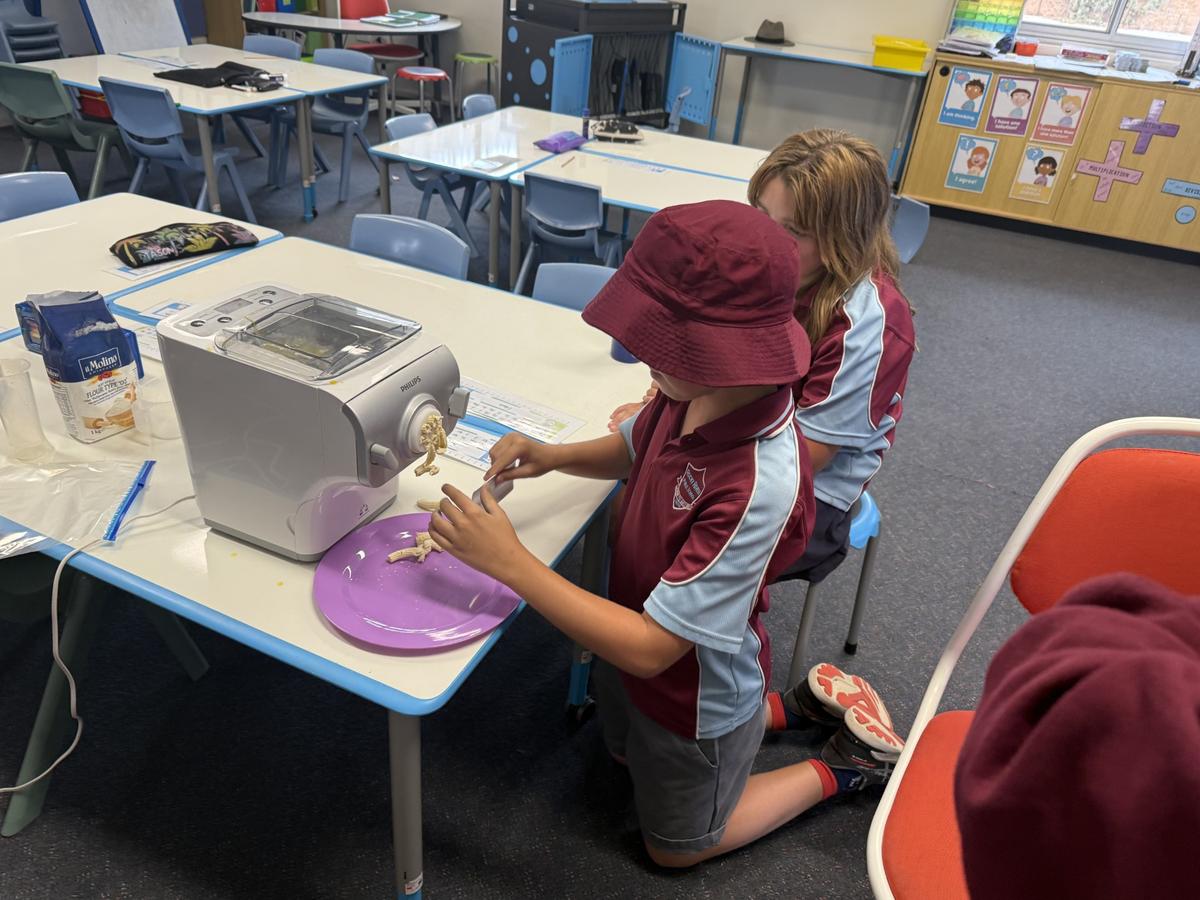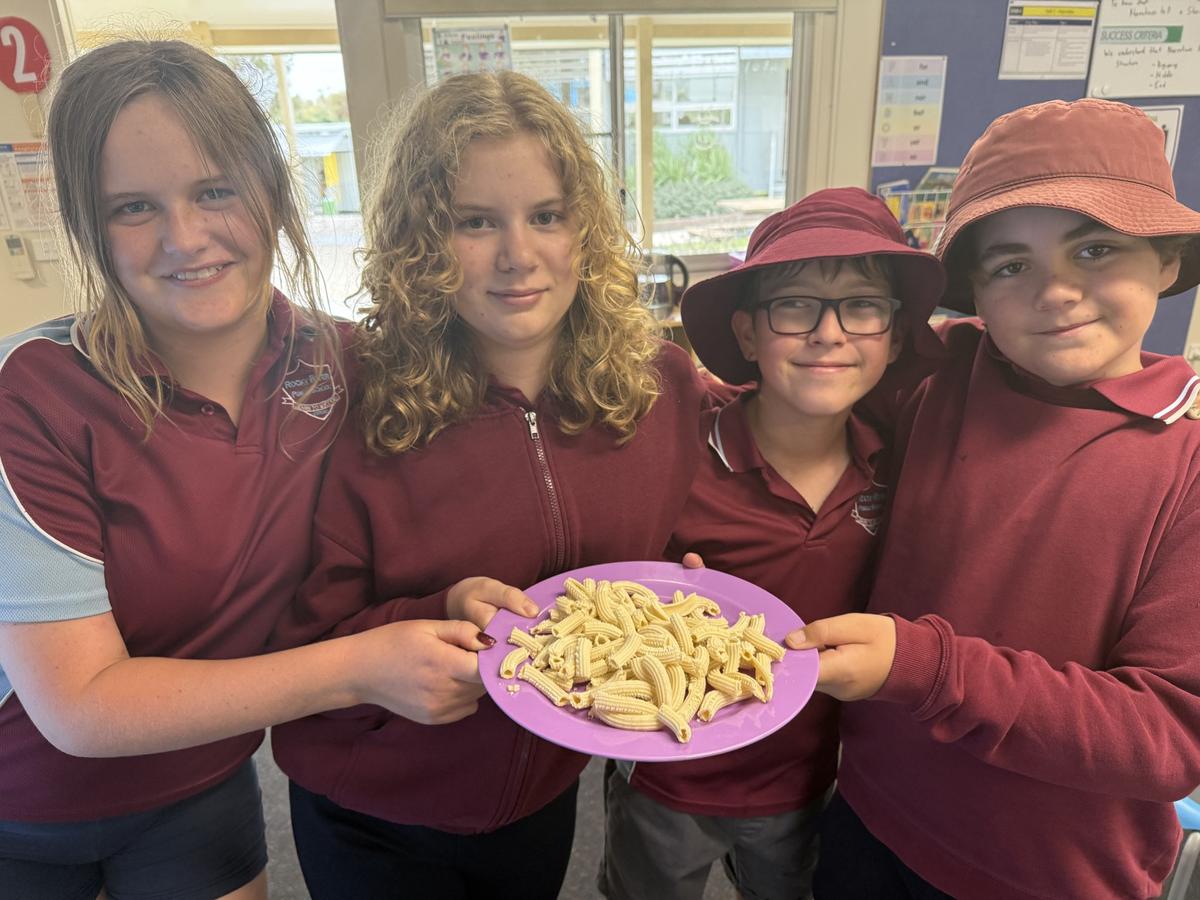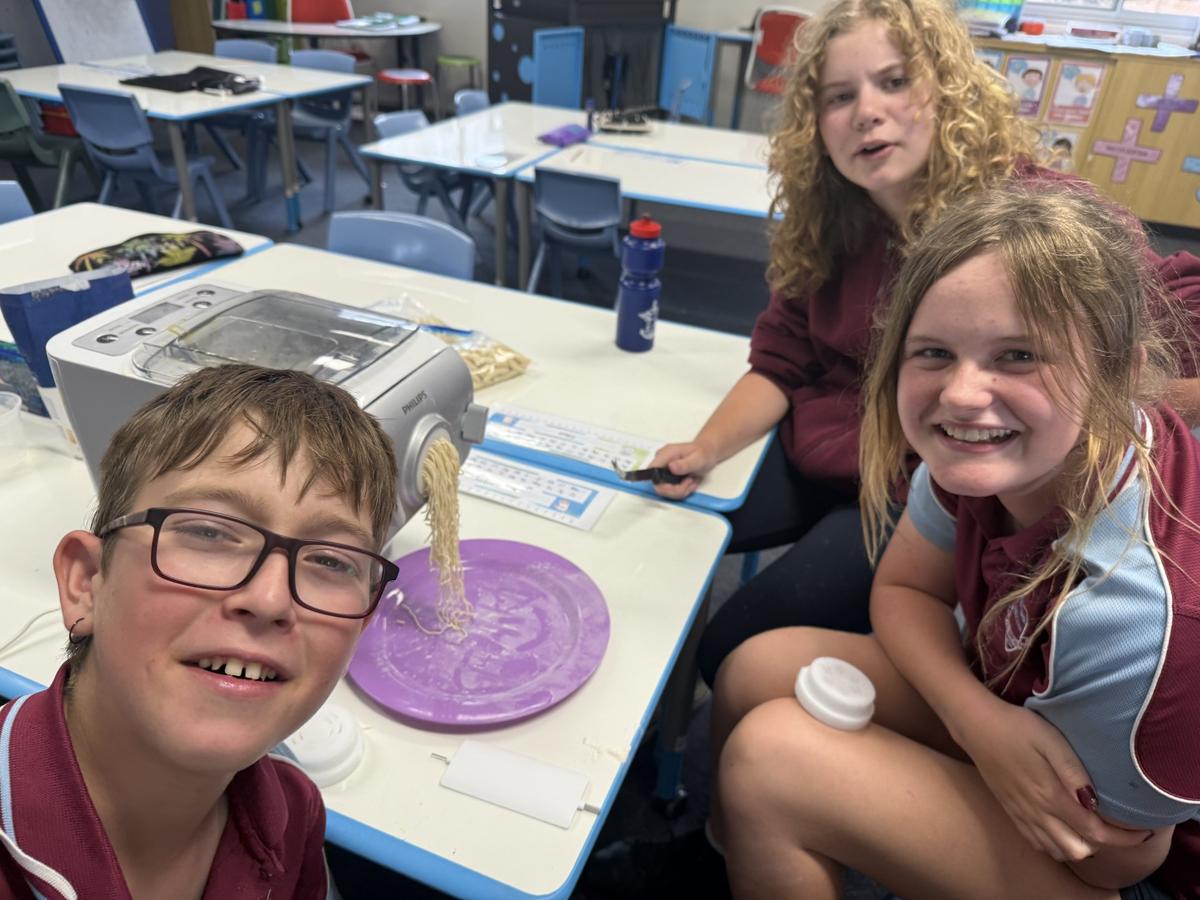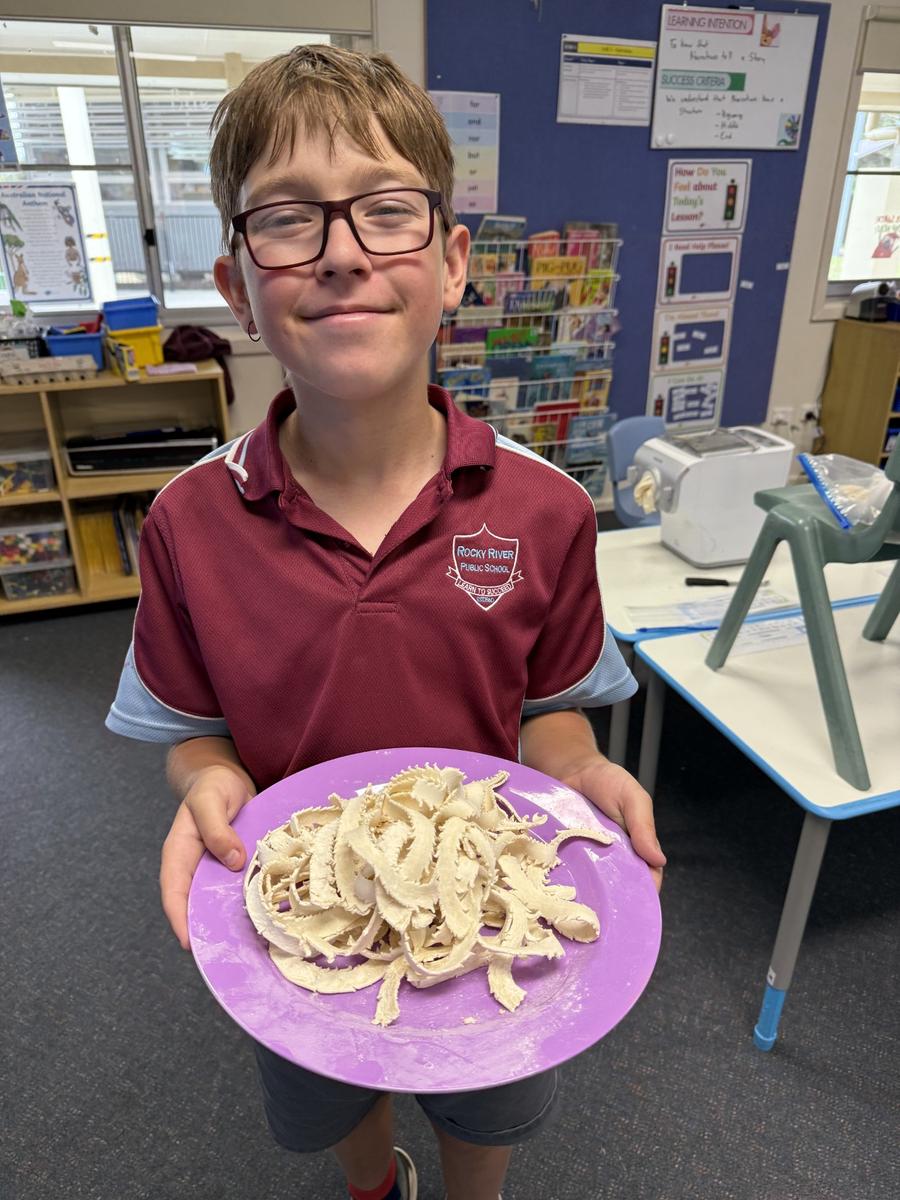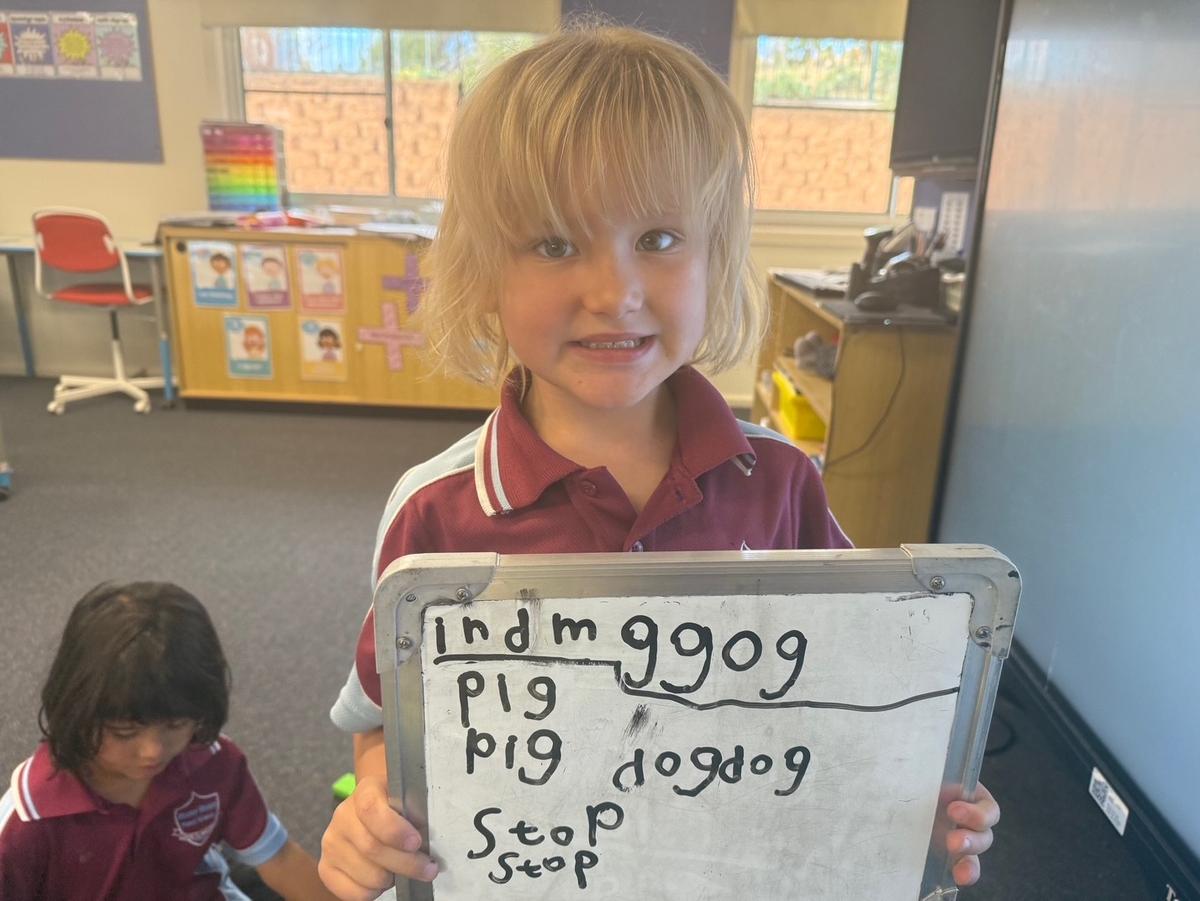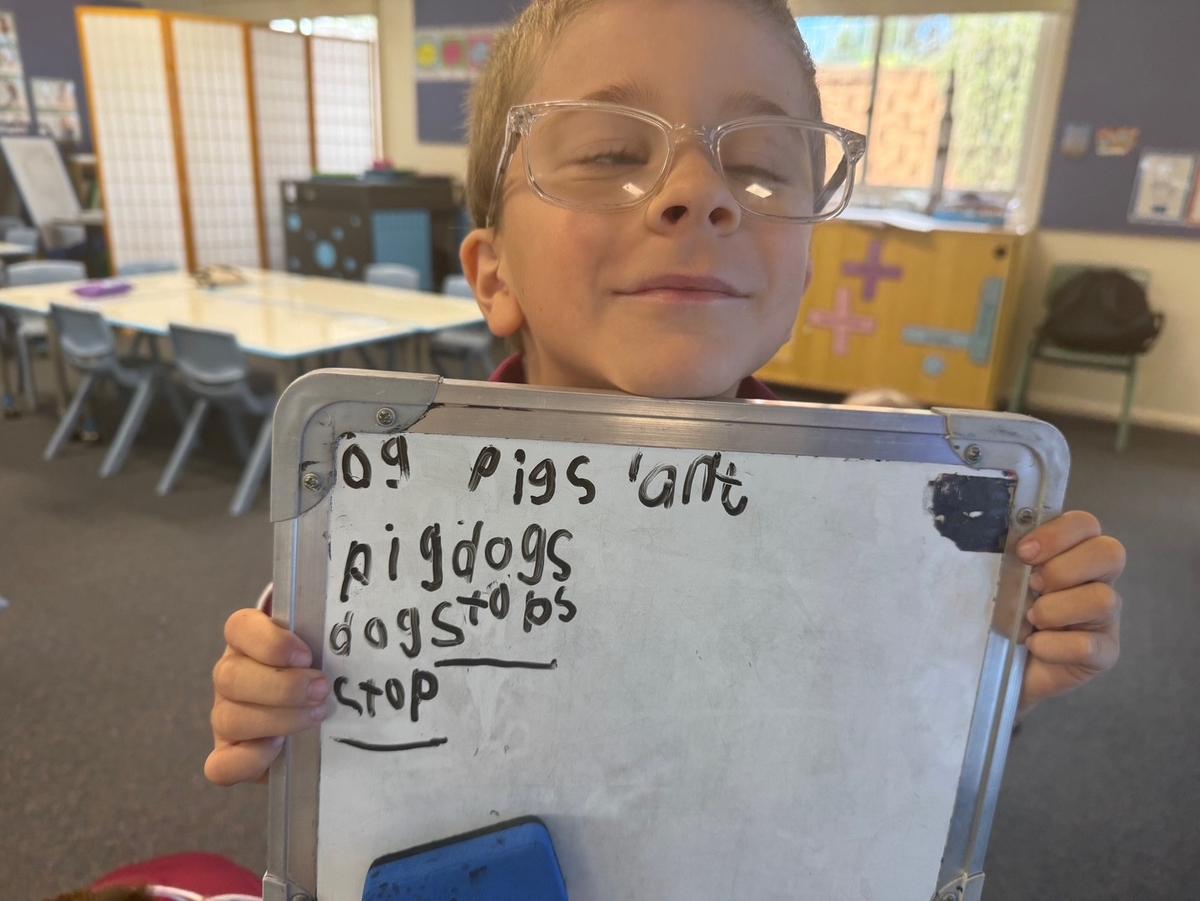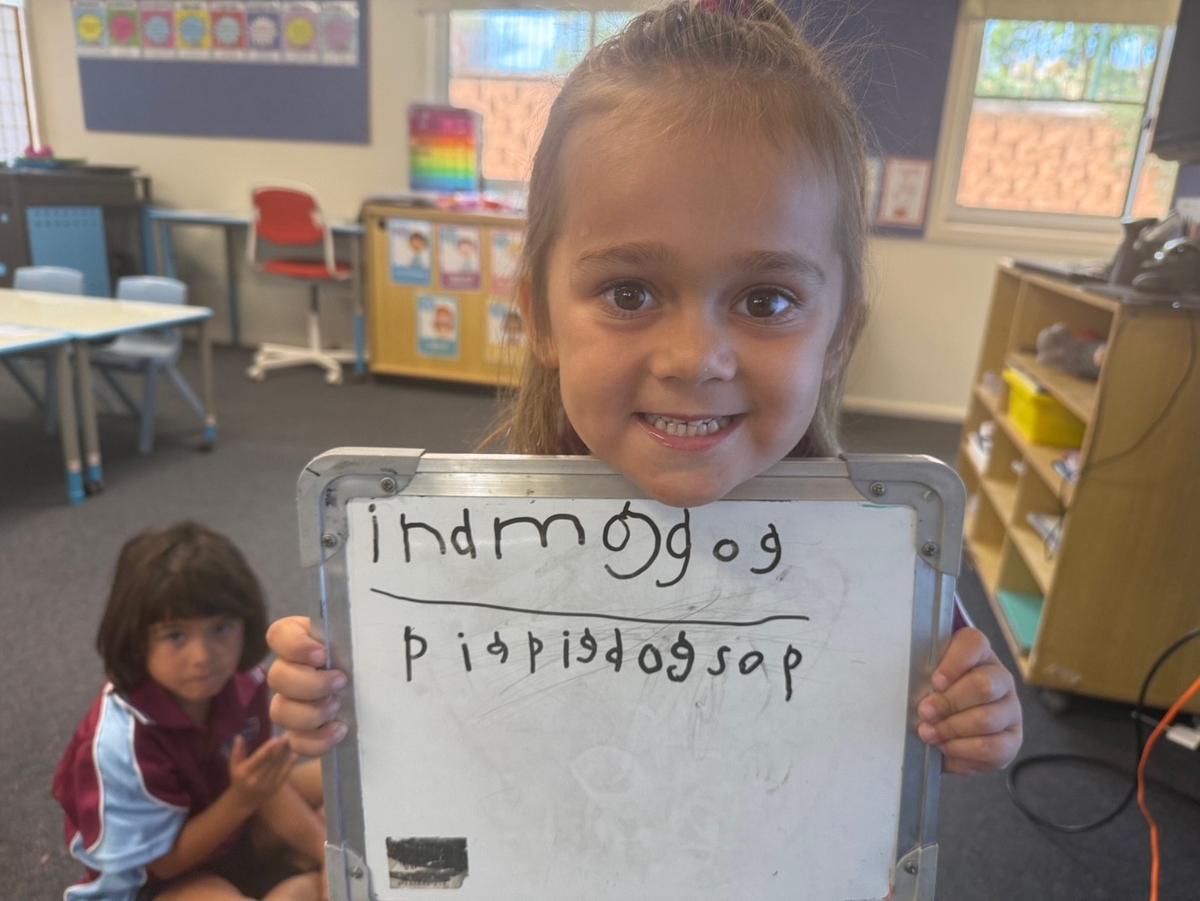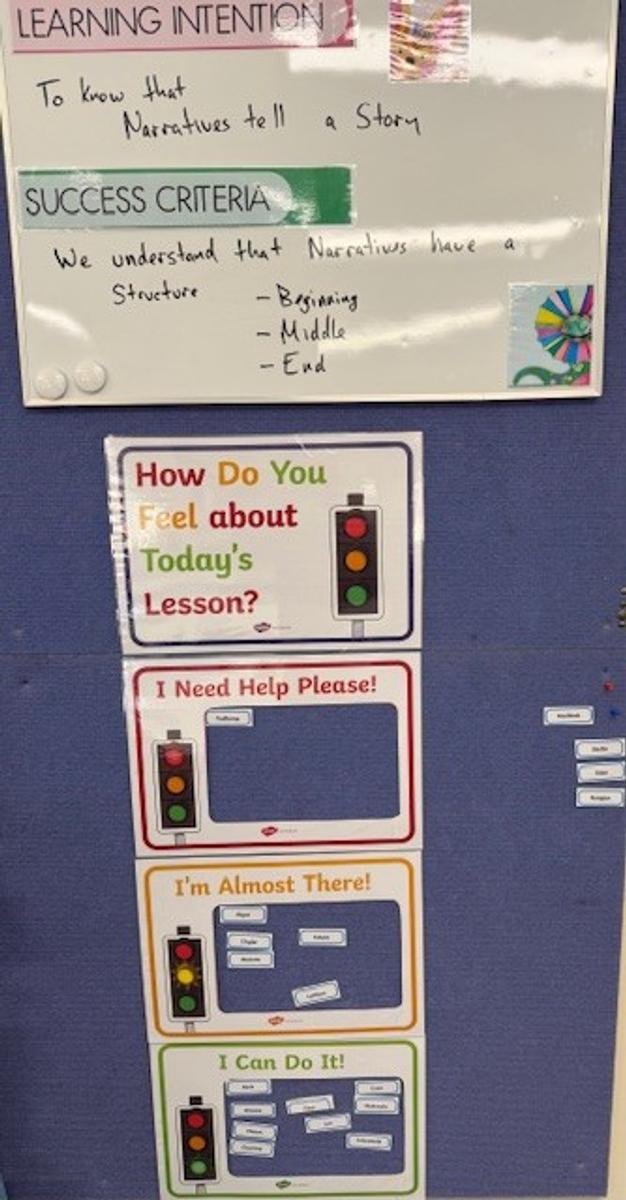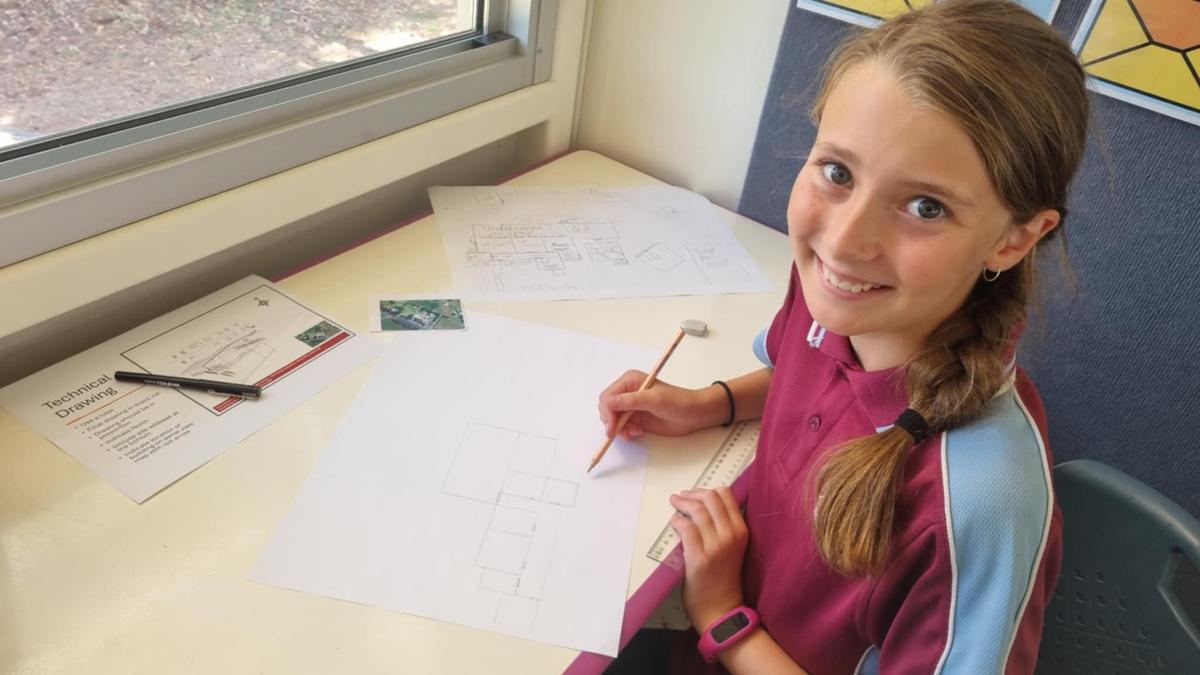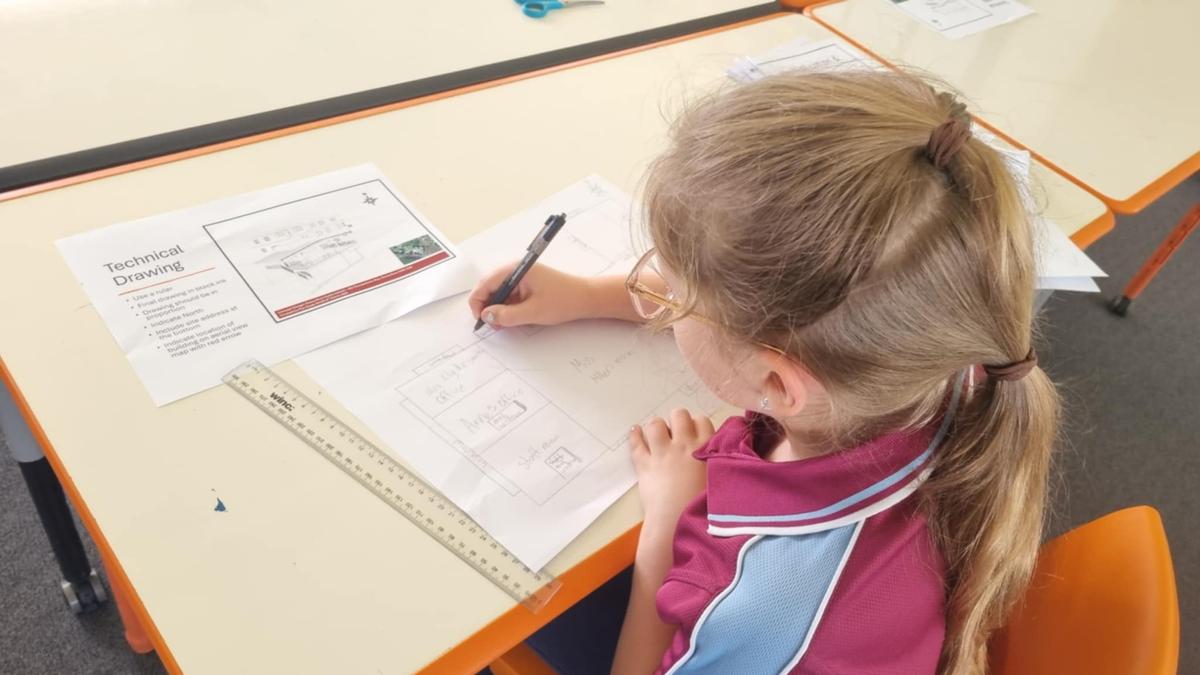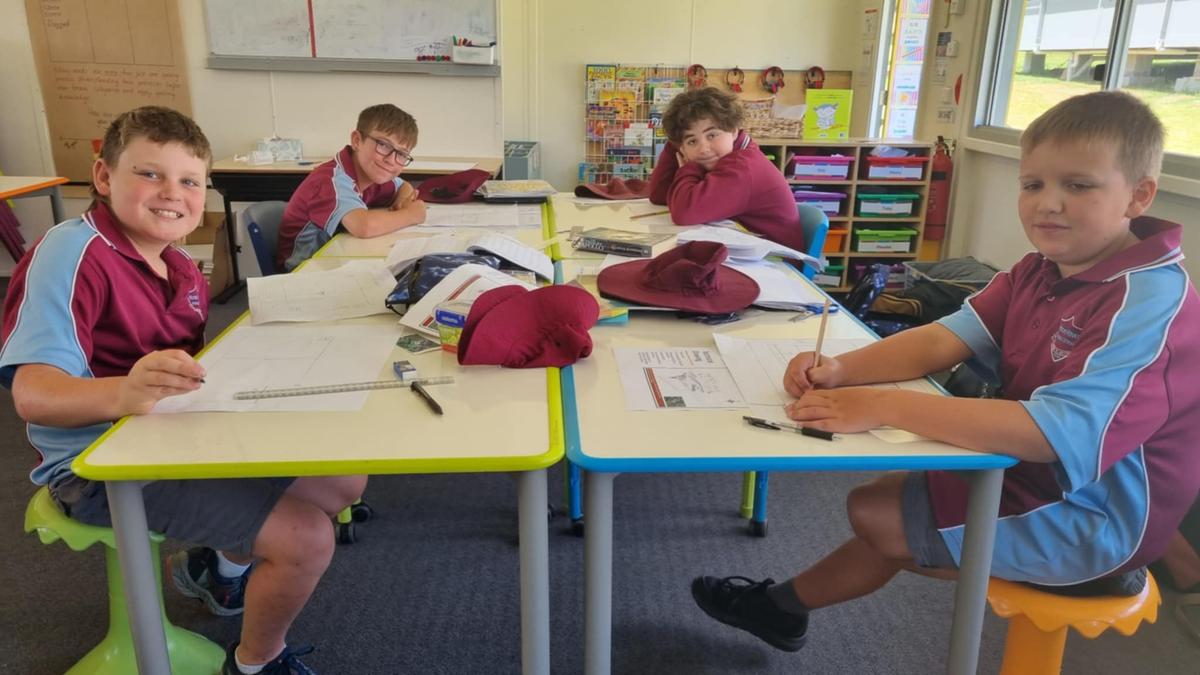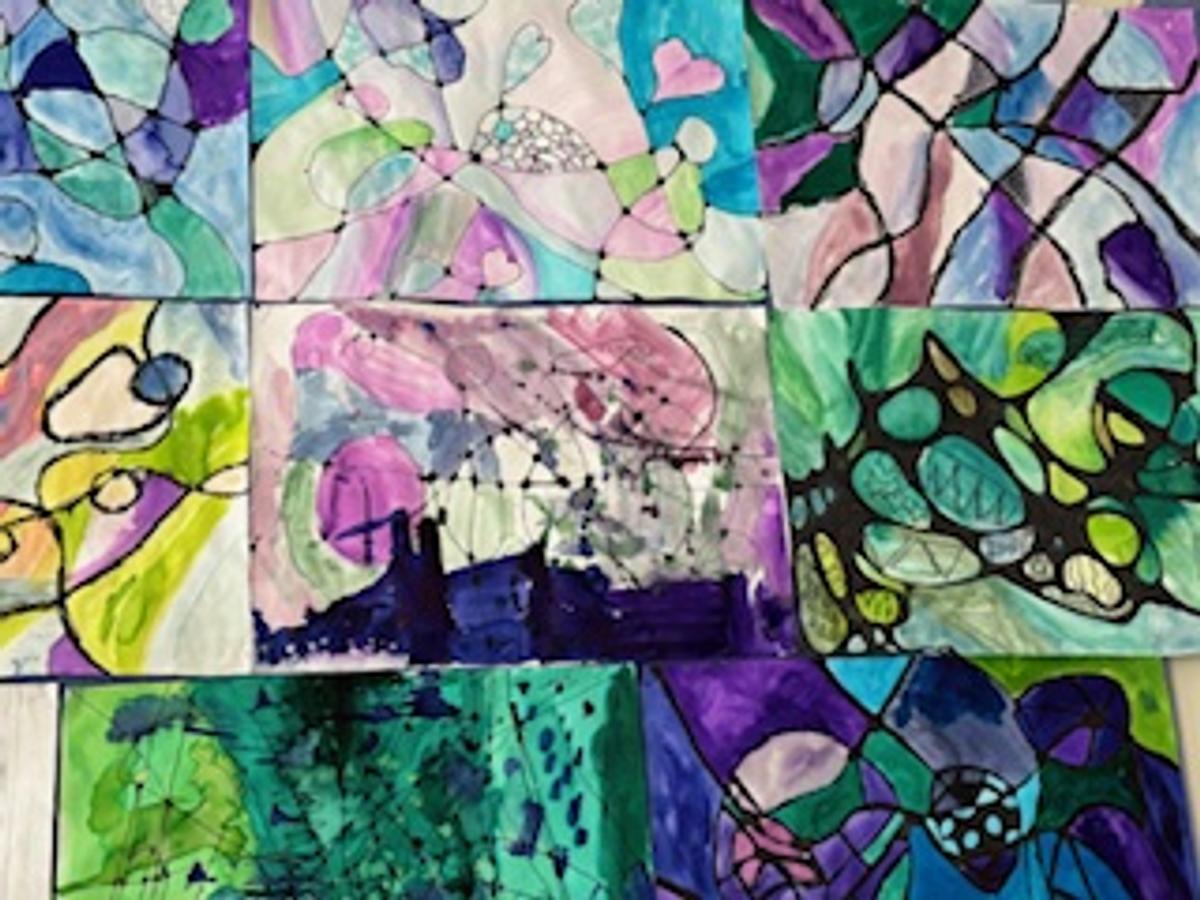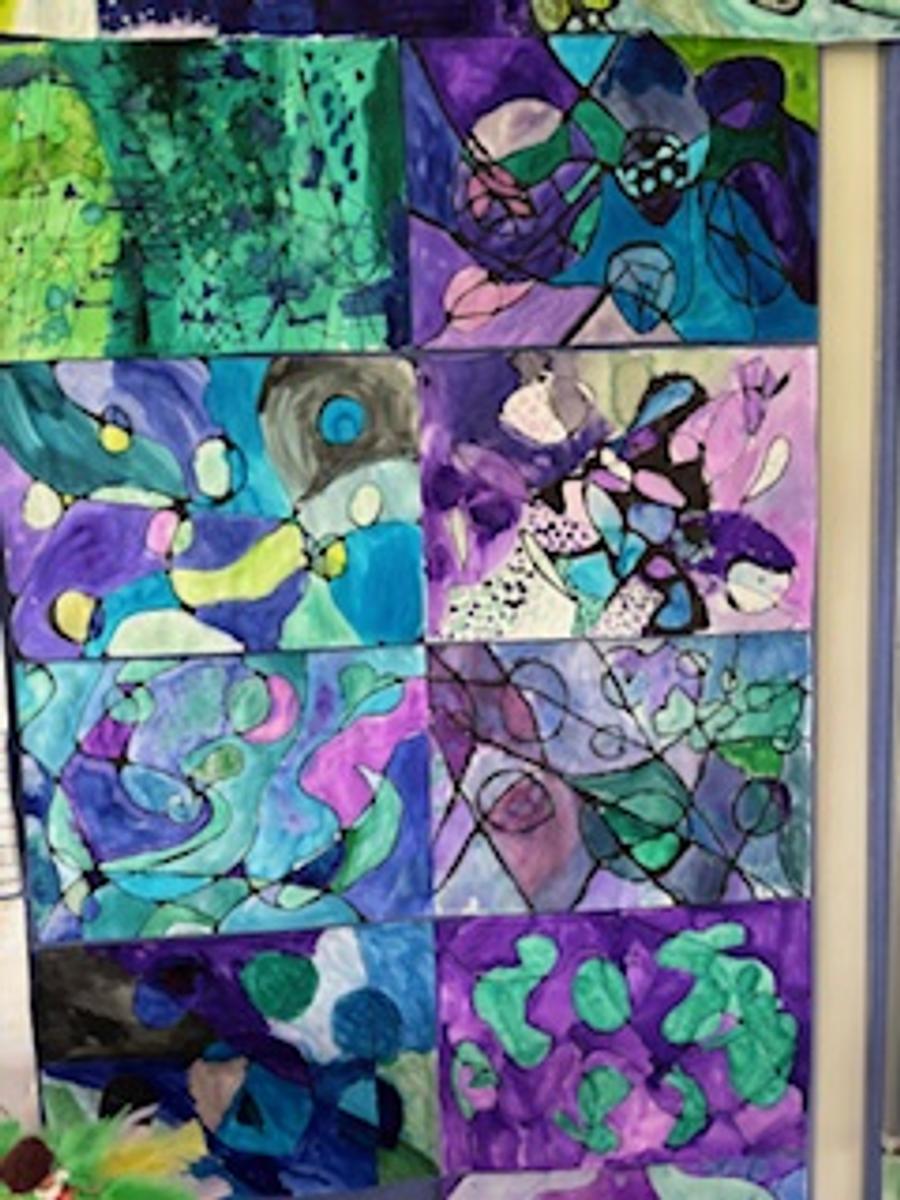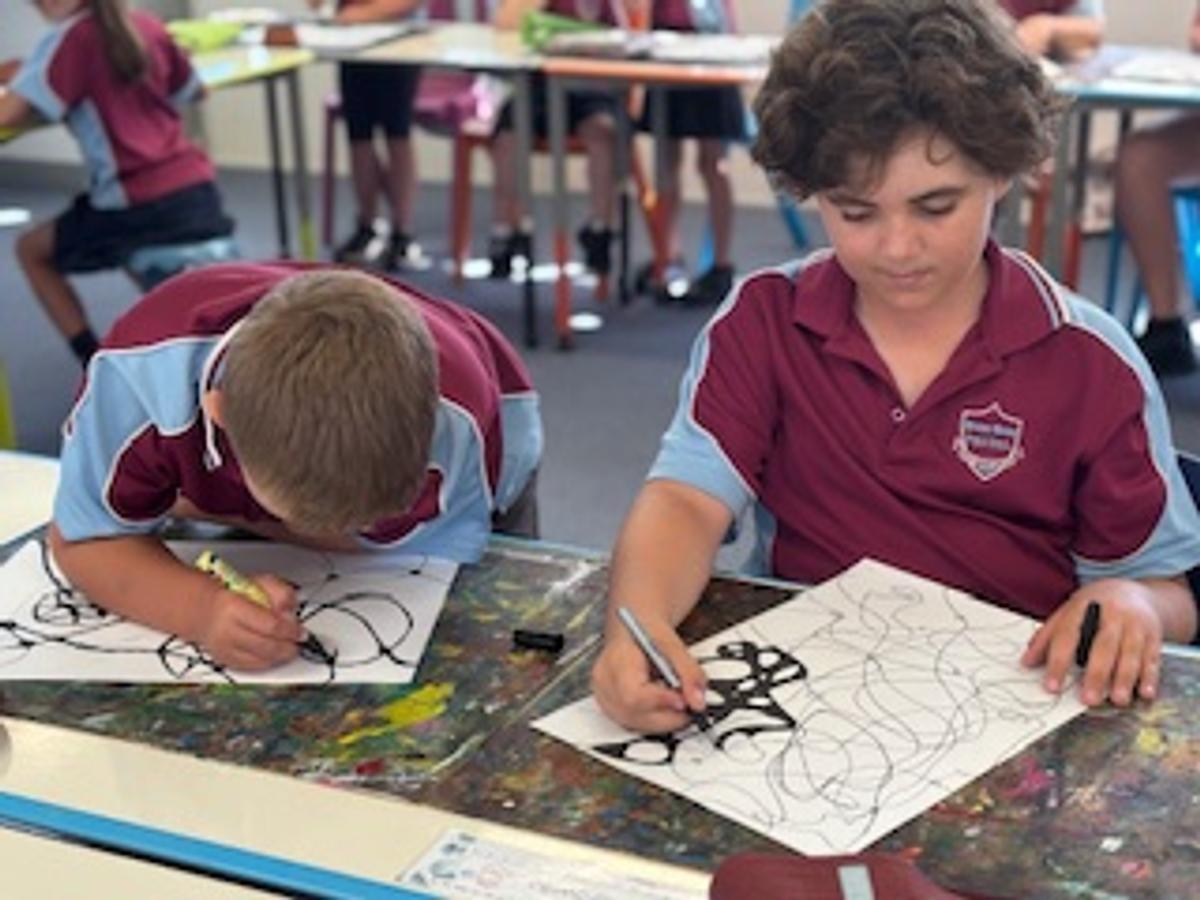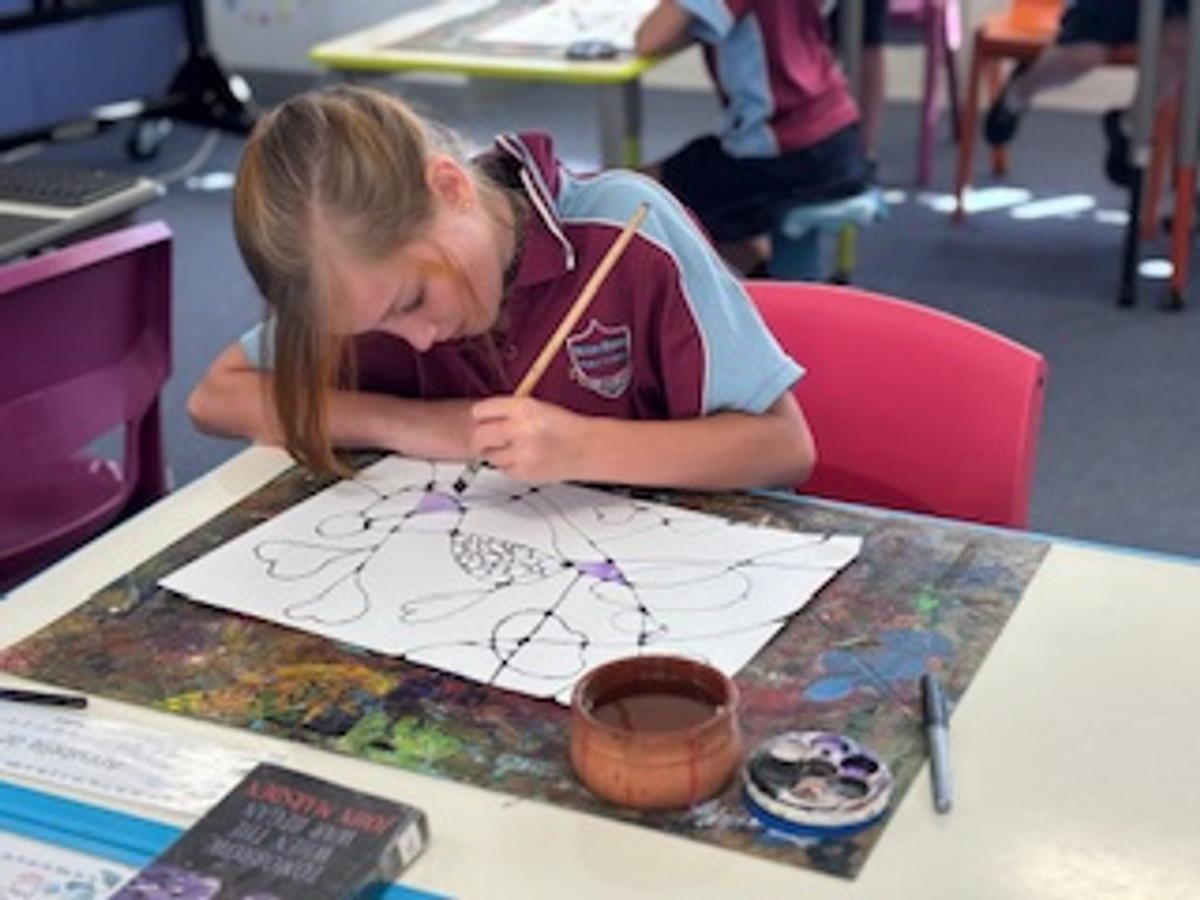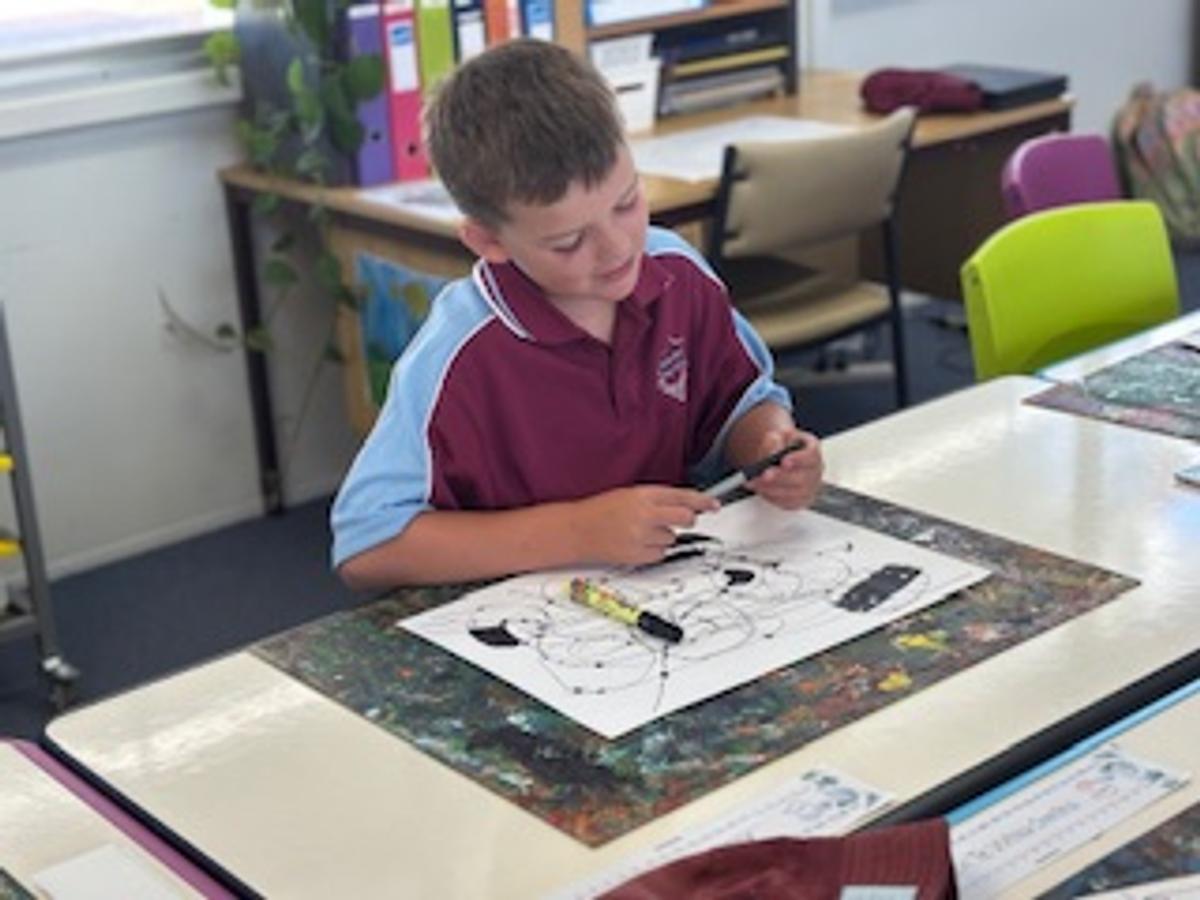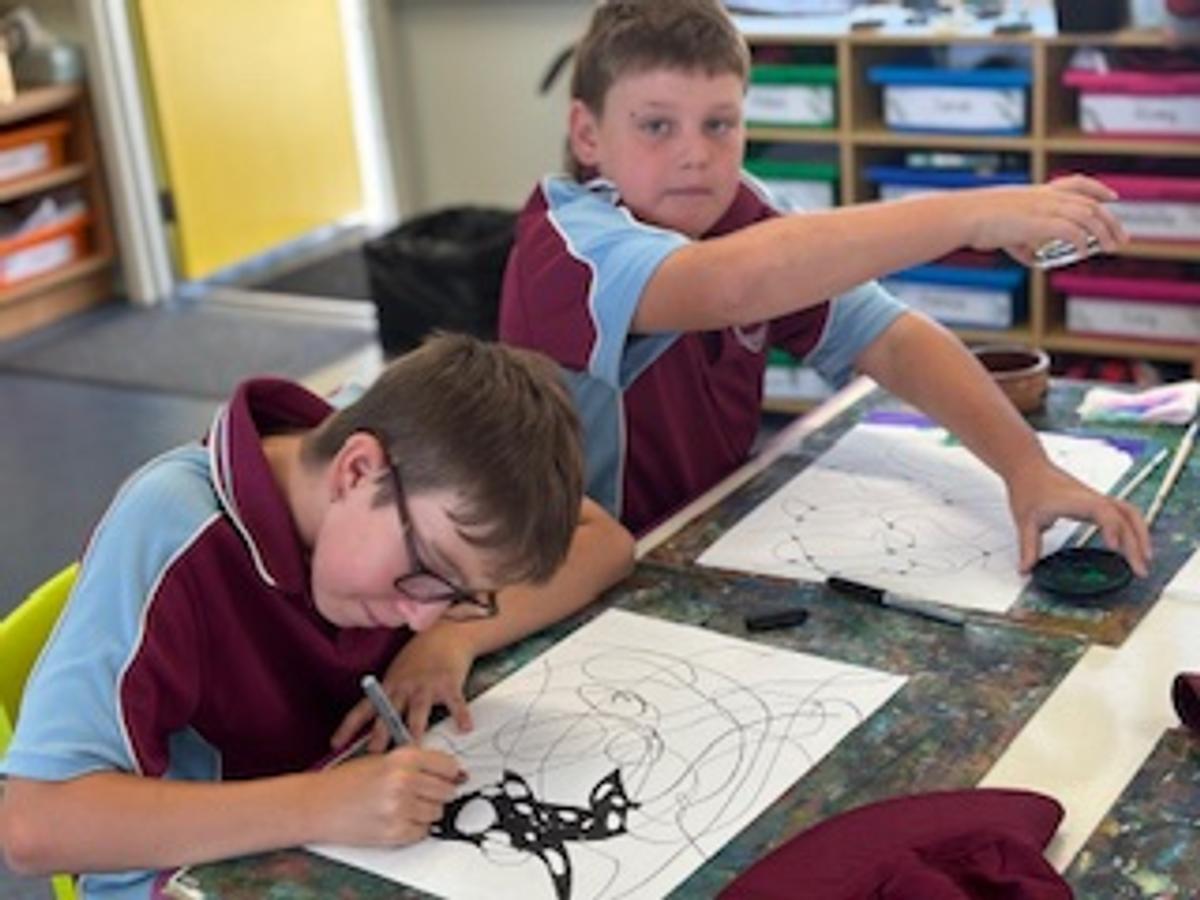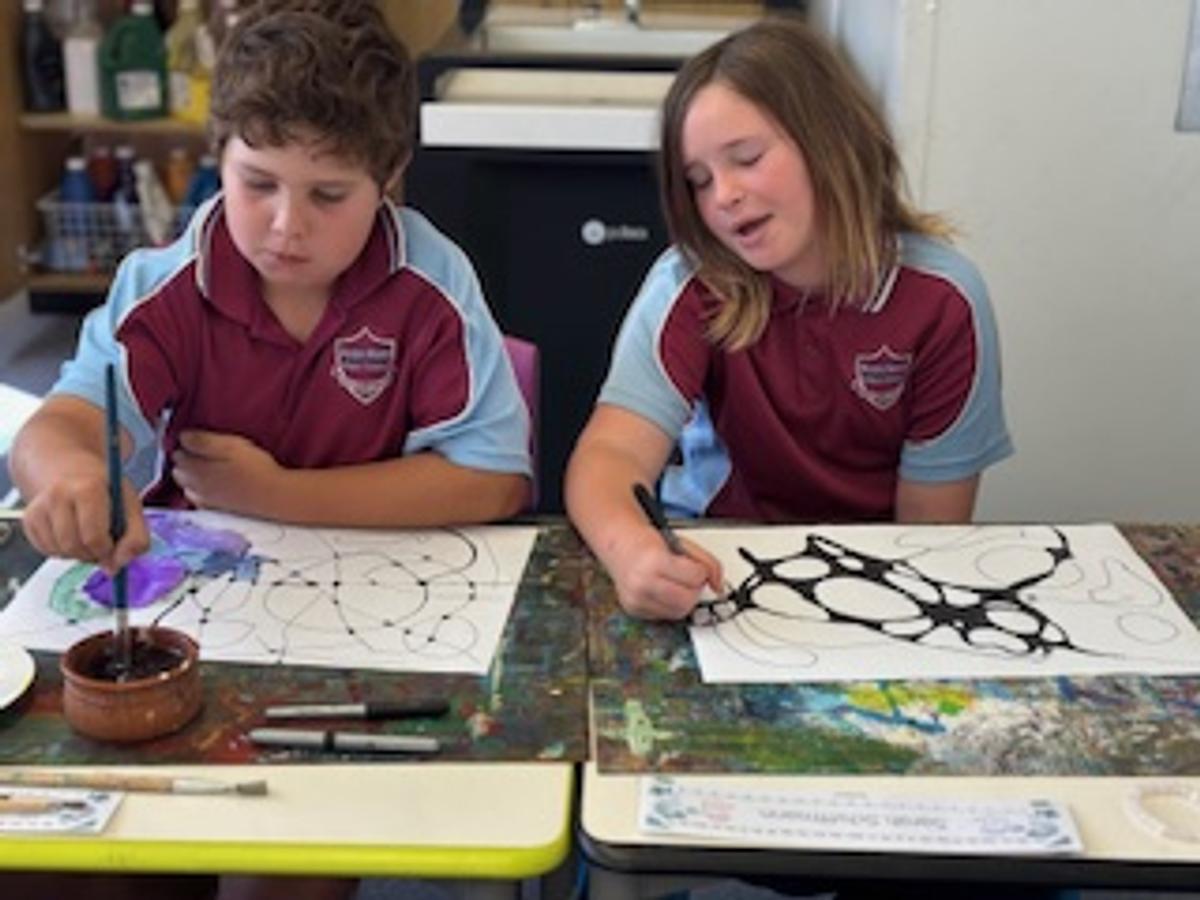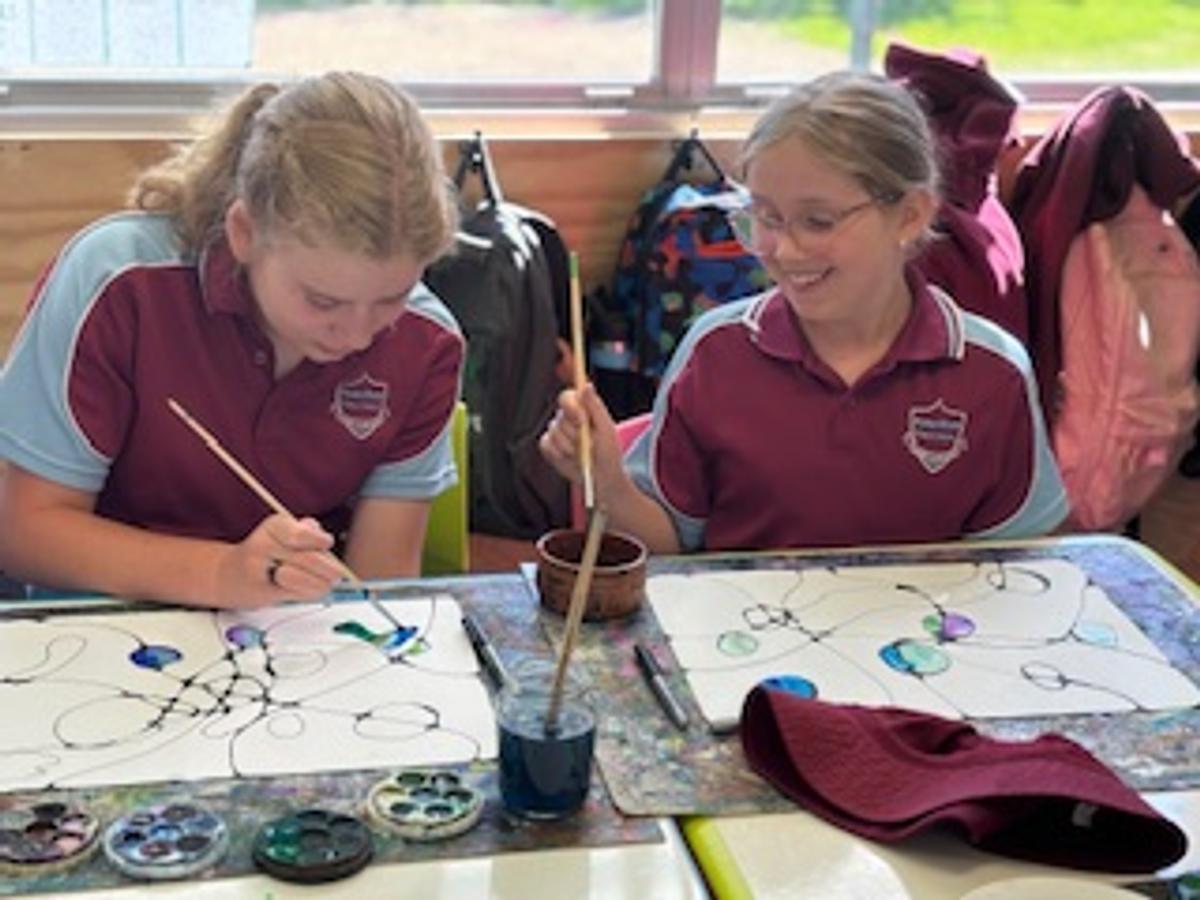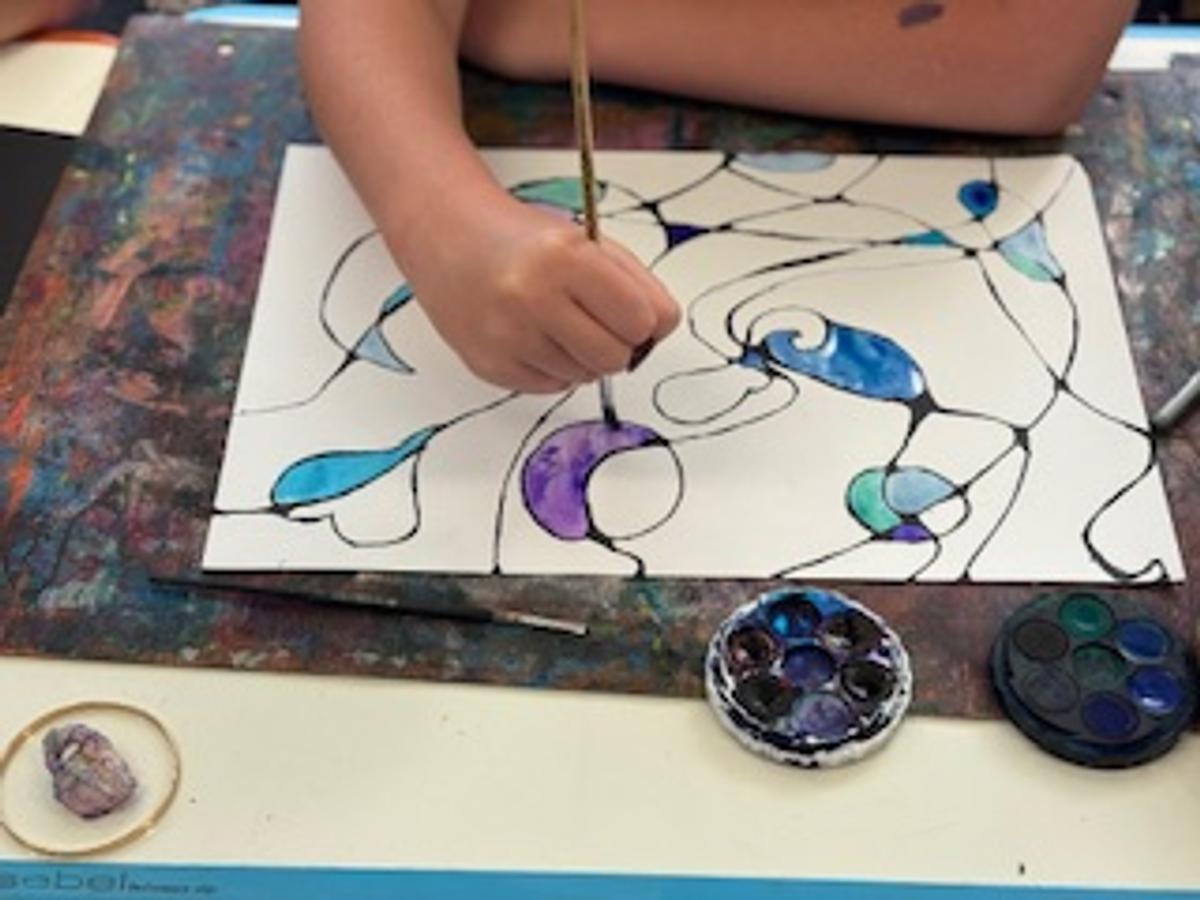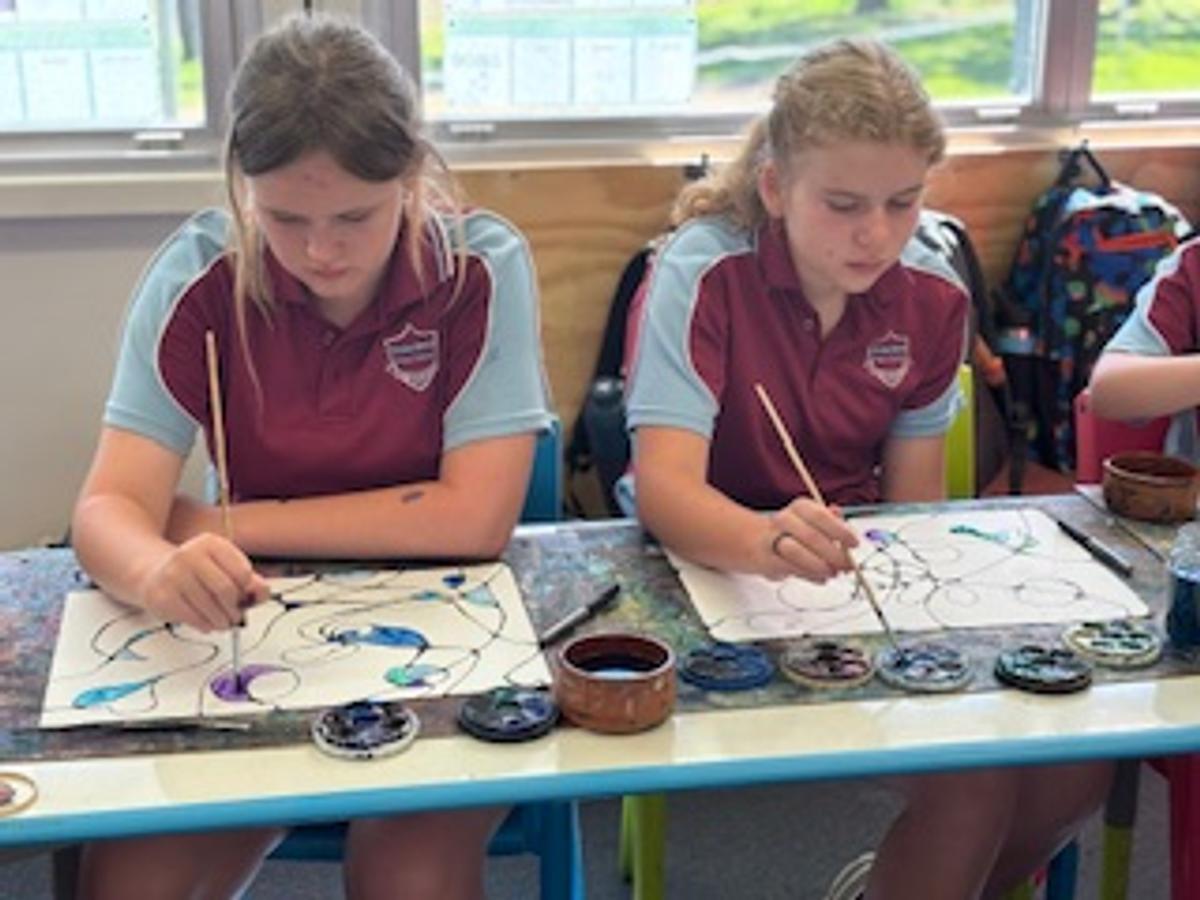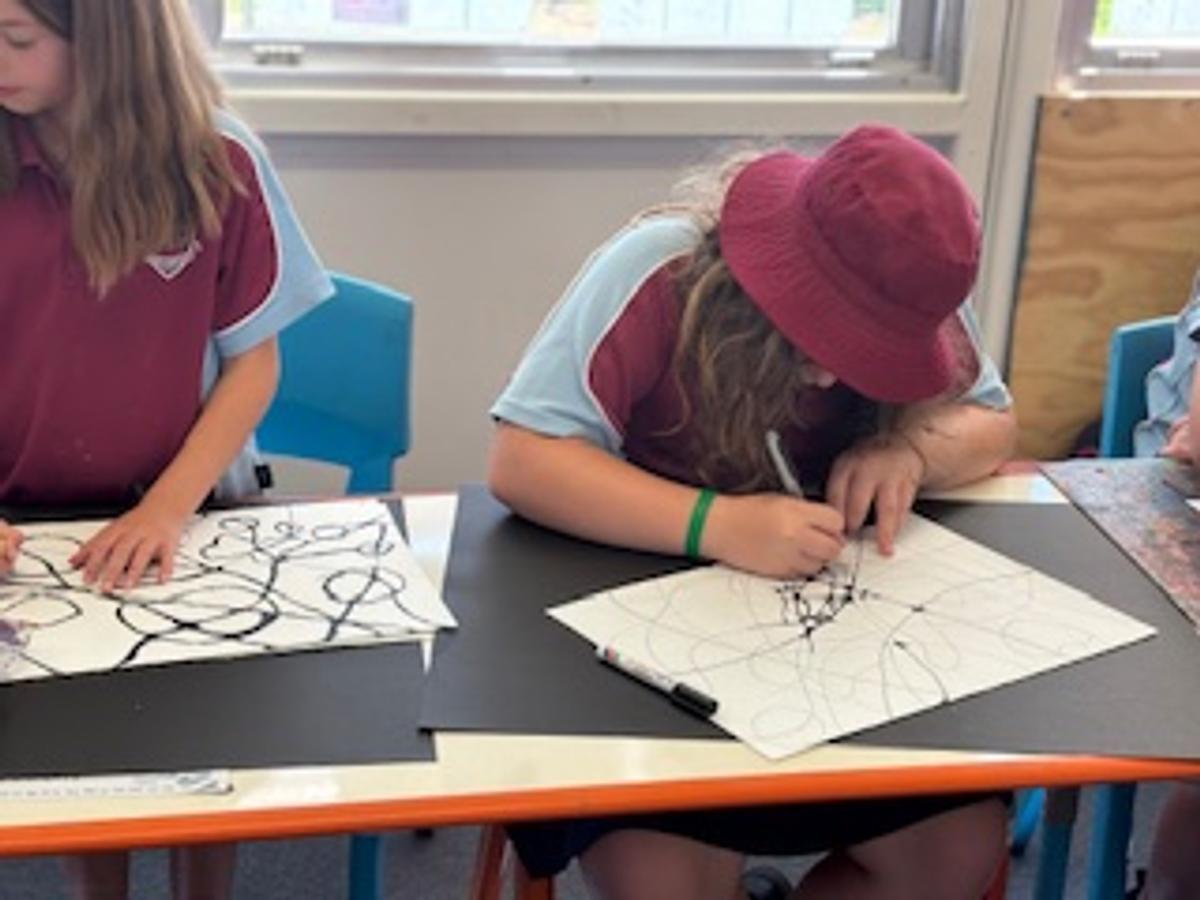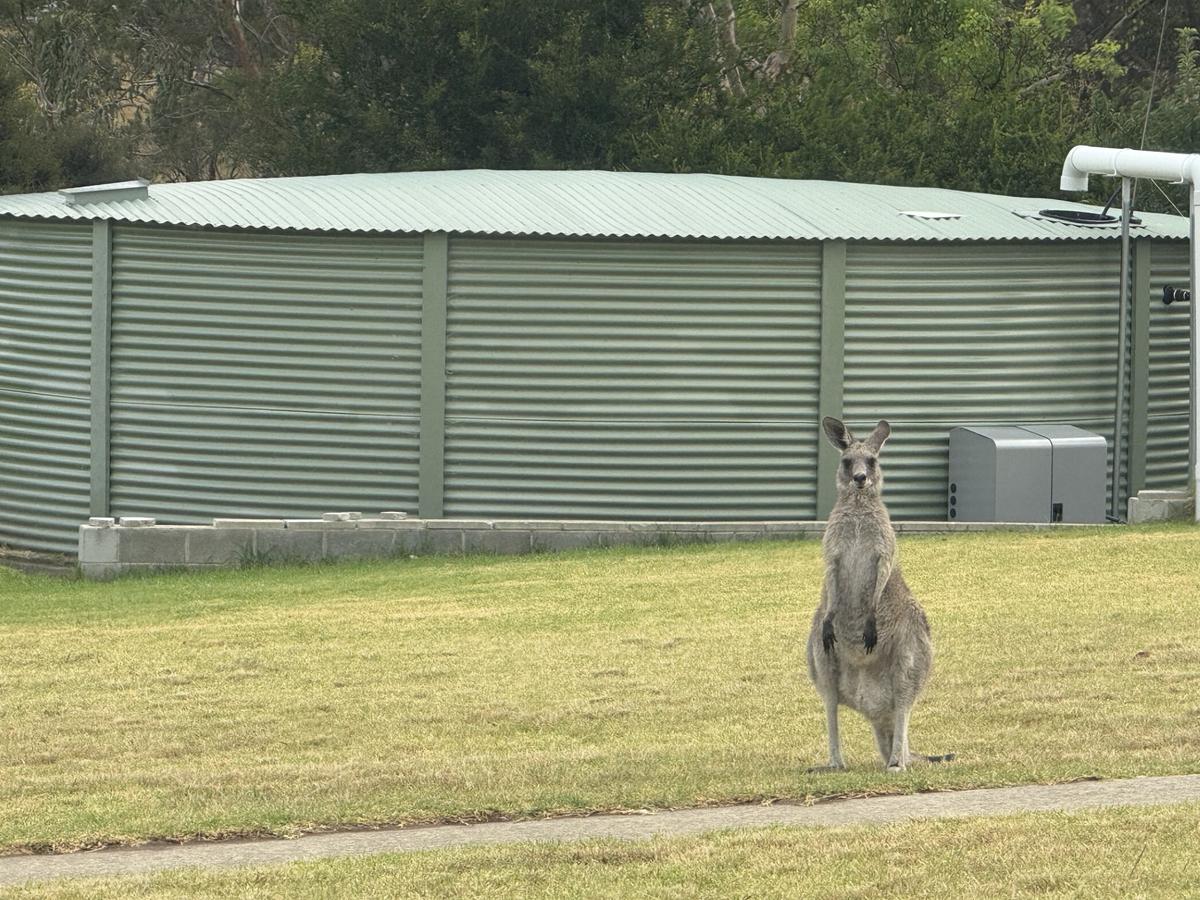Whole School Activities
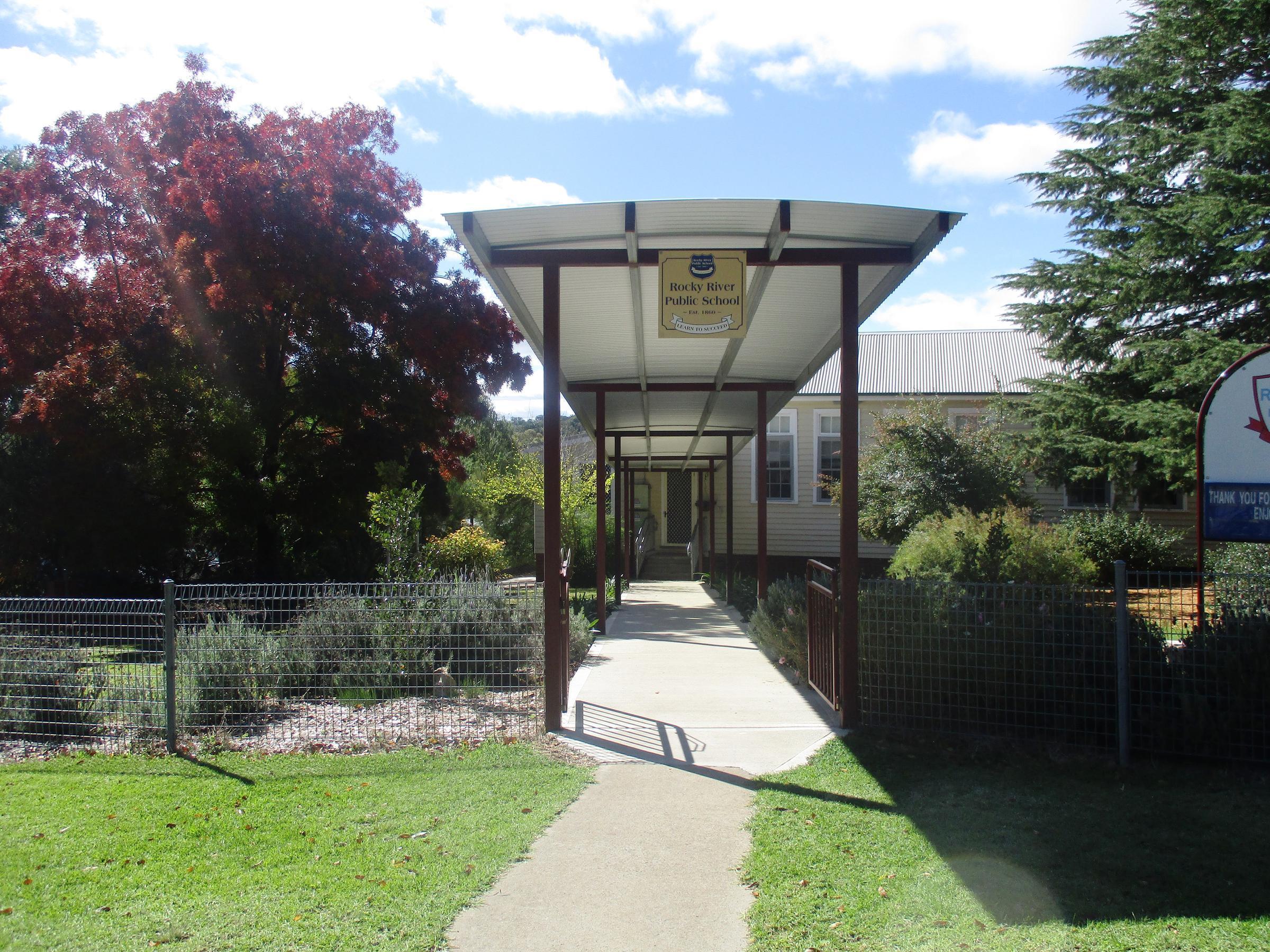
Making Lemonade From Lemons
Due to last weeks forecast of damaging winds and flooding rains, we decided to put golf on the shelf for the week and travelled into the Uralla Neighbourhood Centre for some in-door basketball skills and drills. The kids had a 'ball' and enjoyed the experience of playing it safe in a dry and warm space. Thank you to the members of UNC for allowing this to take place.
Year 6
Last Friday our Year 6 students used some of the eggs from our own school chickens tp make fresh pasta. Each student made a different shape and took it home that afternoon. Fresh Penne, spaghetti and tagliatelle were fun to make and we will give more students a chance to make some pasta in the coming weeks.
Lower Division
Lower Division have been working hard and have completed our first two units for English and Mathematics.
We also spend time each morning on spelling and other aspects of the curriculum, including some students practicing their phonemes and graphemes. Our students have been working very hard and are achieving excellent results.
We have also been using a new system to allow students to measure their own progress for each lesson. We clearly state our Learning Intentions and Success Criteria for each lesson and students are encouraged to show their understanding using a traffic light system. This is still a work in progress but has proven popular with students so far.
Upper Division
Stage 3 students have been working on designing their own conceptual plans for the new school building. Students considered geographical location on the school grounds, ensuring windows are North facing, access points and a design that meets the needs of our school community, plus annotations to justify their design choices. This has been a great way to gain student voice on ideas for the new building, through curriculum-aligned content.
Visual Arts | Neurographic Design
Neurographic art is a powerful and expressive artistic technique that encourages creativity, emotional exploration, and mindfulness. Developed by Russian psychologist Pavel Piskarev in 2014, this unique approach involves drawing free-flowing lines that transform into interconnected patterns, promoting relaxation and self-discovery.
One of the key benefits of neurographic art is its ability to reduce stress and anxiety. The process of creating organic, fluid lines engages the subconscious mind, helping individuals release tension and process emotions in a non-verbal way. This makes it a valuable tool for art therapy and personal growth.
In an educational setting, neurographic art fosters creativity, problem-solving, and fine motor skills. It encourages students to embrace imperfection, trust their instincts, and develop confidence in their artistic abilities. The technique also supports neuroplasticity, the brain’s ability to form new connections, making it beneficial for cognitive development.
Additionally, neurographic art promotes mindfulness and focus.
Playground Friends
We had a visit from a friend in the playground before school last week. A proud kangaroo enjoyed the green grass then hopped over the fence before students arrived. It is great that our students have such an environment to come to each day and no doubt we will have more visitors in the future.
